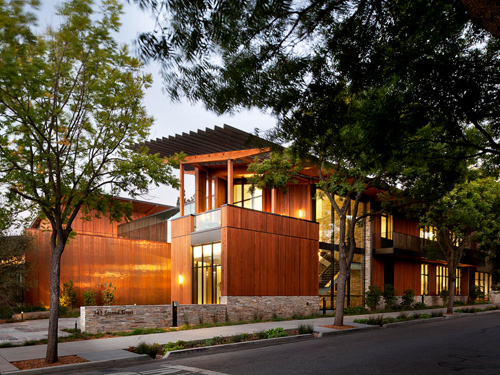PERIMETER BLOG
LATEST NEWS & INTERESTING FACTSIt was a sweltering day in July as temperatures in the city of Edmonton skyrocketed to record levels, which was phenomenal considering the winter and “spring” (second winter) we’d just experienced.
I remember the green grass bordering every home on the streets I drove up and down in my search for a new apartment. Edmonton in the summer – man, it’s gorgeous. Open your windows, breathe in the fresh air and take in all the scents of summer blooms and bountiful evergreens.
One building stood out not only because it was in the perfect location next to a green belt on one side and a gigantic park a block away. Perfect, I thought. Plus, it’s clearly been renovated.
Well, the outside of the building had been renovated. Painted, really.
And that’s where the improvements stopped.
A thick haze greeted me when the property manager let me into the available suite. From floor to ceiling, dust hung in the air, reflected by the brilliant light of the sun beaming in through the poorly sealed windows. Paint was cracked at every corner and flaked onto the brown and green carpet below.
As a student, I wasn’t looking for much, but there was no way I could see myself lasting a night in this hazardous space.
The property manager was frustrated when I spun on my heel two minutes into the visit, but that’s all I required to make my decision.
The Importance of First Impressions
Look, I was just a dumb kid looking for a sweet pad in those days. This was long before my illustrious blogging career, but if I knew then what I know now about sustainable building practices and eco-friendly materials, I wouldn’t have even entered the building.
It looked shoddy on the inside and that’s what counted. We all know first impressions count for a lot. Even if it has no bearing on how you’ll live in the space, it’s difficult to convince your mind to look beyond.
The exterior of the building tricked me into thinking I’d be viewing something better, which was probably the plan all along. That’s one book I should not have judged by its cover.
What Does a LEED Renovation Look Like?
The Clive Residences in Victoria are a great example of an older building that’s been repurposed to qualify for LEED certification.
“Cascadia Architects has designed the Clive to achieve a number of programmatic, urban design, and sustainability targets while remaining respectful of the scale and historic mixed commercial/residential typology of the Village.”
Not only does The Clive achieve a level of aesthetic quality, but it hits a number of key sustainable functionalities as well. Several features were upgraded with new energy efficient options including lighting and an on-site stormwater management system that’s as practical as it is appealing to pedestrians.
Functional stormwater drainage? Hey, this is a place we can definitely get behind.
Learn more about The Clive Residences
Property managers in Canada aren’t required by to upgrade their buildings beyond any laws or codes that are introduced into the industry. However, the bare minimum isn’t good enough any more.
Green building practices can be adopted when you’re building a brand new structure or if you’re renovating in hopes of attracting potential tenants. Plus, these buildings are simply more valuable. Tenants will pay more to live there, and they’ll see savings on water and heating bills in the longrun.
Truly, investing in your own property and finding environmentally-conscious tenants is a win-win all around.
Heck, even the planet wins!
Are you a property manager? Get started with LEED building.

